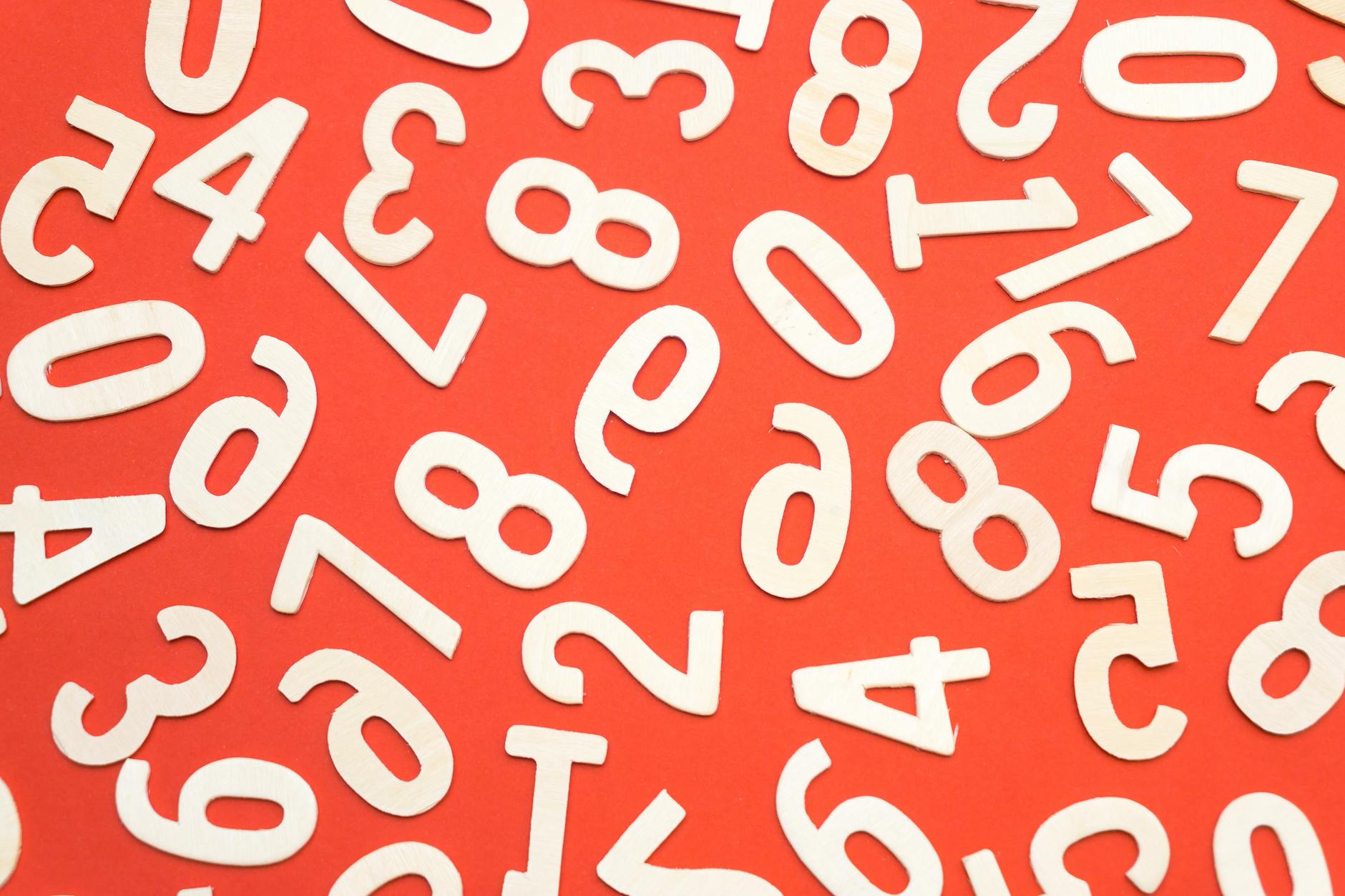Richie Salvador made his success in dropshipping. He started as a call center agent then freelancer. As a freelancer, he learned web development other skills while working for a client. While freelancing, he was testing the waters with online selling. Then eventually he went into dropshipping.
His call to fame with dropshipping is building a 6-figure e-commerce store in less than a year. He started with a general store testing all sorts of products. Used Instagram Influencers to find a winning niche. Tried FB ads but fails. He was able to private label a business and now sells on Amazon.
He shares about dropshipping
- advantages of dropshipping is there is no inventory
- test tons of different products
- low upfront investment cost
- you can start dropshipping, any time and any where
- you must have cash to risk in an online store
- hard to start business when you have no capital
- skills in dropshipping like product research, customer service, marketing can be learned
- he sells items from Ali Express; he tells Ali Express supplier not to place promotional flyers as he is dropshipping
- initial investment: $1,500
- shopify $25-150/ month
- Facebook ads $500-1,000/ month
- Product cost and fullfillment $500
- the store lives on niche, product and audience
Richie Salvador does on to share list of buyer niches
- Professions: nurses, firefighters, military, teachers, engineers, chiefs,
- Pets dog, cats, fish, birds
- Fitness Yoga, crossfit, running, body building
- Hobbies: fihsing, cooking, crafts, arts
- Sports: football, baseball, basketball, tennis, volleyball
- Household and kitchen: home decor, kitchenware
- Beauty: cosmetics, weight loss, whitenin
- Tech gadgets: drone, cellphone cases
- Events: Halloween, Christmas, Graduation, wedding
General store vs multiple niches
- start a general store when separate sellers into
Here to find items to sell
- Ali Express
- Thieve
- Amazon Bestsellers
- Wish.com
- Google: niche + myshopify.com
- App: shopify product revealer to show best selling products of a store
Product Sourcing
For dropshipping
- Ali Express
- eBay.com
- DHGate
- Alibaba
For print on demand
- alloverprint.ot
- printful.com
- pillowprofits
- shineon for jewelry
- redbubble
Audience Research
- Top magazines
- Top celebrities
- Top influencers
- Top association
- Top tools/ apps
- Competitor sites
Apps to use with your Shopify store. Free unless specified
- Conversio
- Oberllo
- Sales pop
- Product reviews/ Loox (Paid)
- Retarget App (Paid)
Klaviyo (Paid)
ChatFuel/ManyChat
Payment Gateway options
- Shopify to Paypal then to local bank
- Shopify to 2checkout or stripe (when you expanded your store already) then Payooner then local bank
Marketing
bulk of the focus
Traffic = $$$
- Facebook ads: can be targeted to audience
- Instagram influencers
- Google adwords
- Email marketing
- Retargeting FB and Google
Richie Salvador's take on Instagram Influencers
using Instagram influencer to test and find winning products
Scale the winning product through FB ads
Keywords then
has DM for collaboration option on Instagram Influencer for shout out
Process of Instagram Influencers
- Find an influencer
- Ask then to feature your product for a fee
- Influencer post your Ad and your IG handle
- Customer clicks on your handle and redirects them to your account
On FB ads, on using FB Pixel
- For tracking, optimization, and retargeting
- creative a positive experience for users
- Make social interactions enjoyable for the users to keep them coming back
- creates the ad space real estates
- scaling of ads by increase budget by 20% every 3 days or duplicate adset and increase to $50-200; if manually, use 2x Cost per purchase as max bid
How to mark up a product
3x the cost as 1/4 of the cost goes to marketing
T shirts have low markup because of its perceived value
He ends by thowing the question: Is dropshipping for you?
You must be willing to learn and put your best out on building your business
You have enough cash to start
You are persistent to achieve your revenue goals
























